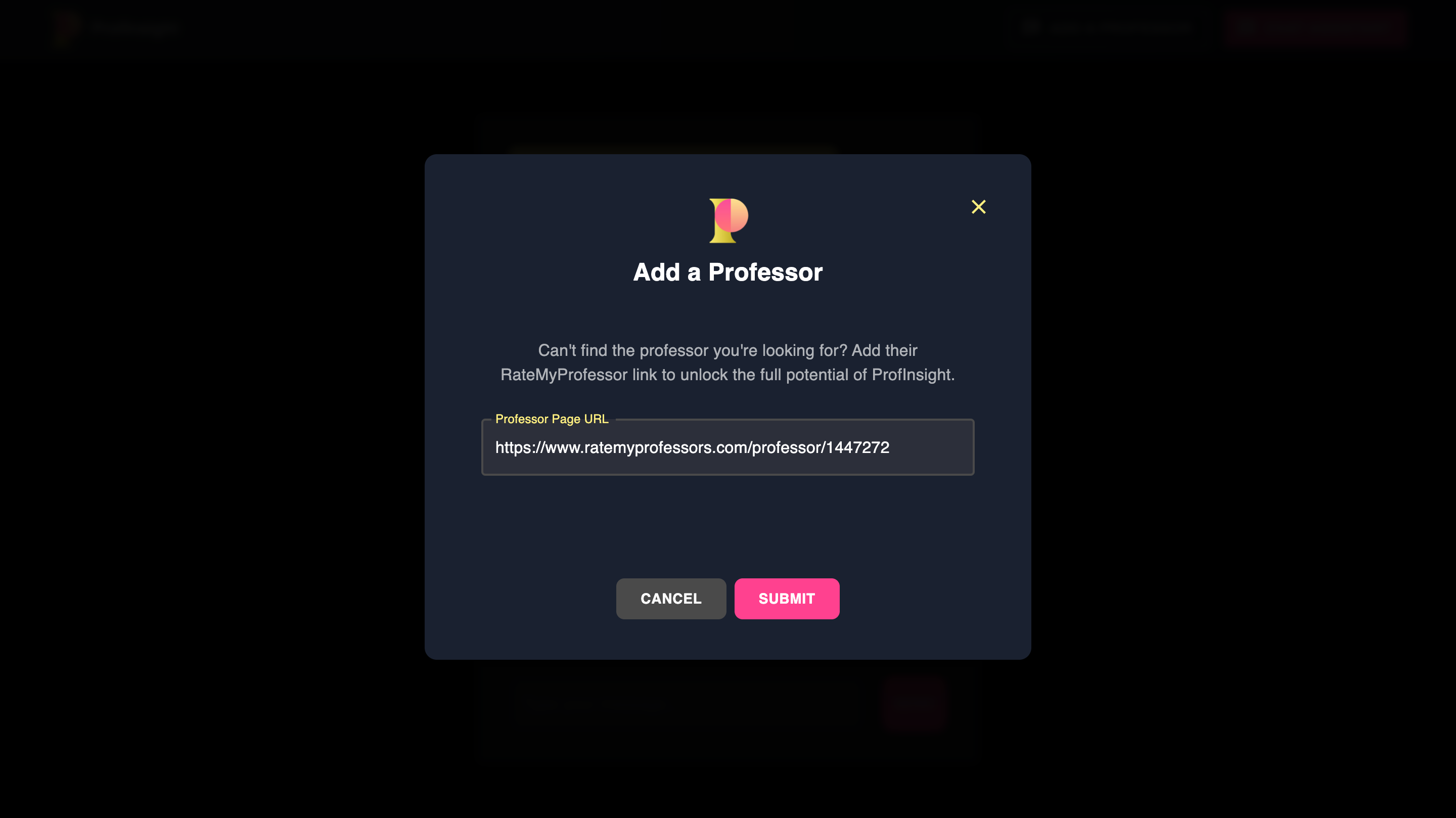This is a Next.js project bootstrapped with create-next-app.
- Go to OpenAI platform and generate OPENAI API key.
- Similarly generate Pinecone API Key
- There are two parts to the application- python and Javascript. To run Javascript/nextJS, make sure node is installed and to run the python part, install pip
- Run the command- pip install -r requirements.txt
- Run the command- npm install
- Create two files .env and .env.local, and add both the API Keys to both of them. .env is for python and .env.local is for nextJS
- Then go to the load.ipynb, and run all cells as it is a jupyter notebook and running it would generate index and namespace in pinecone.
- Lastly run "npm run dev" to launch the application.
First, run the development server:
npm run dev
# or
yarn dev
# or
pnpm dev
# or
bun devOpen http://localhost:3000 with your browser to see the result.
You can start editing the page by modifying app/page.js. The page auto-updates as you edit the file.
This project uses next/font to automatically optimize and load Inter, a custom Google Font.
To learn more about Next.js, take a look at the following resources:
- Next.js Documentation - learn about Next.js features and API.
- Learn Next.js - an interactive Next.js tutorial.
You can check out the Next.js GitHub repository - your feedback and contributions are welcome!
The easiest way to deploy your Next.js app is to use the Vercel Platform from the creators of Next.js.
Check out our Next.js deployment documentation for more details.

